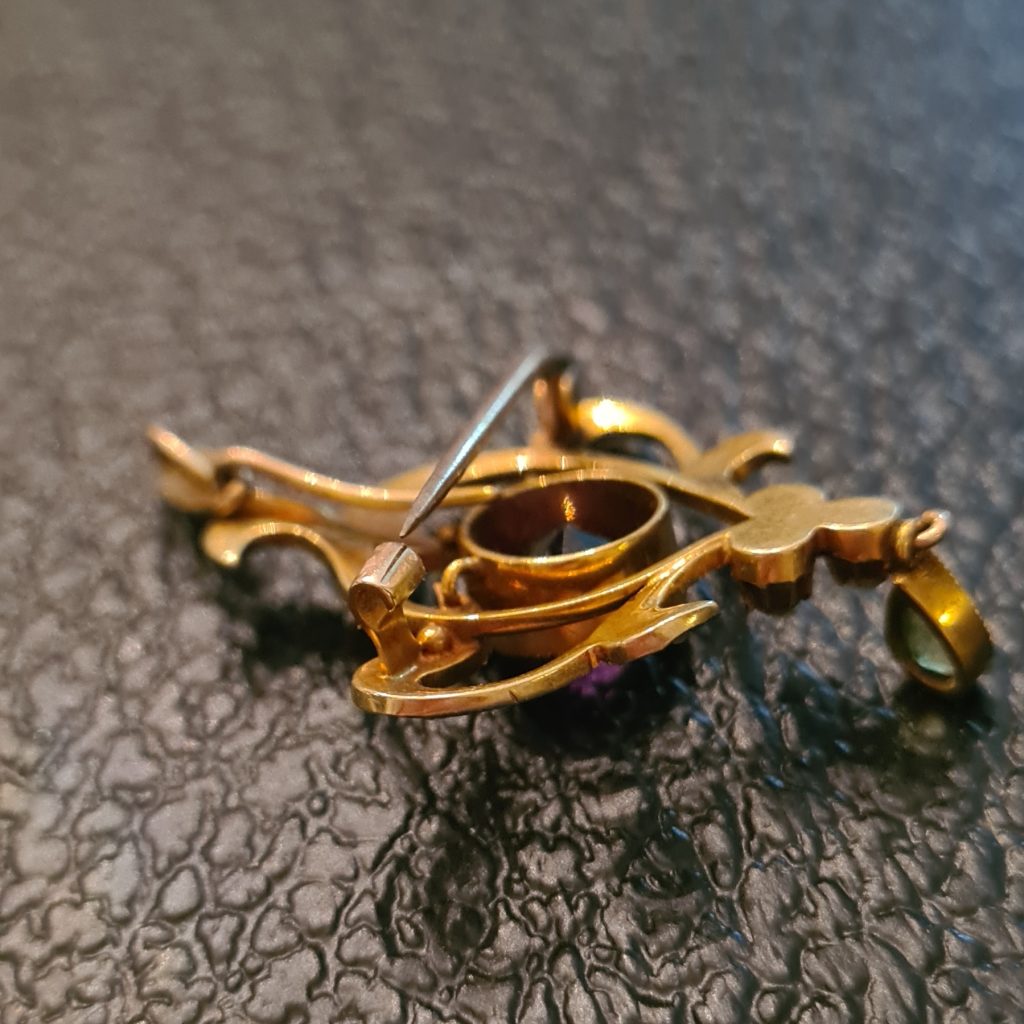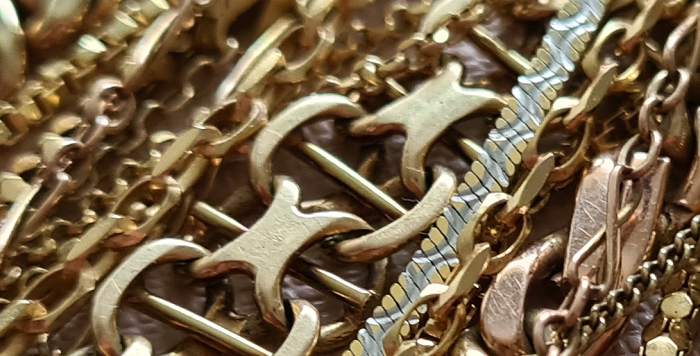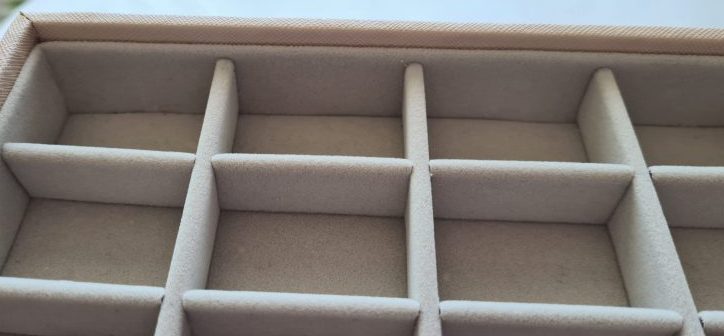
Avoiding Reproduction Jewellery
Nobody wants to be fooled, but it is easy to be fooled by perceived antiques. A piece of jewellery may be made in the style of Art Nouveau, it may be a reproduction intended to trick someone into paying a premium, or it may be a revival piece, made at a period of time when an older style was yet again in fashion.
In this article, we’ll go through some of the things you should look for when buying something old.
The seller: It would be nice if everyone could be trusted, right? Unfortunately, the can’t, and we all have to do our due diligence when dealing with antiques dealers. First of all, consider the location of the seller. Is it likely that a piece from country A has found its way to country B? Does the seller have a lot of stock from that area? An example of this is a certain Indian ebay seller that categorises all their cheap mass-produced as antique fine jewellery, with “INS” being the only indicator of the jewellery being inspired by the real deal. Is it likely that Victorian style jewellery would wind up in India? Yes, certainly. Is it likely that a large stock of very similar pieces with no tarnish or wear would wind up there? No. You will see similar dealers on etsy too, so be careful. Secondly, consider their other stock. Do they sell both old and new jewellery? If yes, is it made abundantly clear when a modern piece in an old style is in fact not an antique, or is it easy to be fooled? Thirdly, do they appear to be knowledgeable about their stock? The seller should know what kind of stones have been used (and tested them to be sure), the gold should have been tested, and any alterations or repairs that are obvious to you, should be mentioned in the description.
Fineness and hallmarks: When judging if a piece is old or new, you first need to know if the piece is typical to the era it’s supposed to hail from. For gold, the fineness is a good indicator. The fineness of gold is either given in carat (karat in US English, and not to be confused with the carat used to indicate the weight of gemstones), which is parts per 24, or parts per thousand. Today, 14 (585) and 18 carat (750) are the most used ones, but higher and lower do occur. 9, 12 and 15 carat gold were accepted in Great Britain, Ireland the British colonies, so if you come across a piece of jewellery that is supposedly British, Georgian and made of 9 carat gold, you should probably walk away from it. Furthermore, 12 and 15 carat were replaced with 14 carat in 1932 (adopted from the US), so just as you won’t find 15 ct Georgian jewellery, you won’t find 14 ct Edwardian jewellery.

The requirements for marking pieces of jewellery vary a lot depending on time and place. Modern pieces will bear hallmarks, and thus you can oftentimes determine that they are not antique that way. Again, depending on time and place, you may be able to pinpoint the exact age of a piece by the hallmarks – this in particular applies to rings made in England, as well as modern English gold jewellery of all kinds.
Closures and fastenings: For pendant brooches and regular brooches, the catch of the pin is a tell-tale sign – unless it is a reproduction, of course. It is important to remember that while new tech makes it clear that a piece is not old, old tech does not mean the piece is not new. Anything with a modern safety catch (where you slide parts of the catch over the pin to lock it in place) is made post 1930, unless the pin has been replaced, of course. If that’s the case, it will usually be quite visible, either because signs of the old catch or hinge are visible on the back of the piece or because the closure looks out of place.





If you’re eyeing a necklace or a pendant that comes with a chain, look at the clasp. The modern spring ring closure is a tell-tale sign of a fairly modern piece of jewellery. Now, it is possible that a newer piece has had its chain or clasp replaced with an old one, but in most cases, a barrel clasp will be a good indication of the piece being old. If it looks worn, it’s a great sign, as a well-loved necklace should show signs of wear on the clasp. Spring ring closures were in use from about 1840, but these were quite different from the modern ones; they were bulkier, lacked the small “knob” used to pull the spring back, and the spring didn’t go into the opening on the opposite side of the ring.


Tool marks and wear: Depending on age, antique jewellery can be both handmade and machine-made. Georgina jewellery was always handmade, and so there should be signs of that on the jewellery, and regardless of age, there should be signs of wear on the metal – think tiny scratches or areas that are a bit dull. While it is of course possible to make a reproduction by hand today, it is unlikely that anyone would do so – spending that amount of time on a piece would give a greater payoff if the artist made the jewellery without trying to pass it off as an antique.
Stones and their cuts: The access to different stones have varied throughout the ages. Consider the choise of stones. You’ll never find so-called “mystic topaz” in antique jewellery, for instance (it is a clear topaz coated in a coloured foil. If a variety of a stone was not available when the piece was supposedly made, you know you’re dealing with a modern piece. The same goes for unlikely combinations and modern cuts. While old mine-cut diamonds may have been removed from an old piece and reset into a new one, any gemstone in a brilliant cut will be made no earlier than 1919, when the cut was first developed.
Sources
Real or Repro: “Dating Brooch Fasteners“







Comments